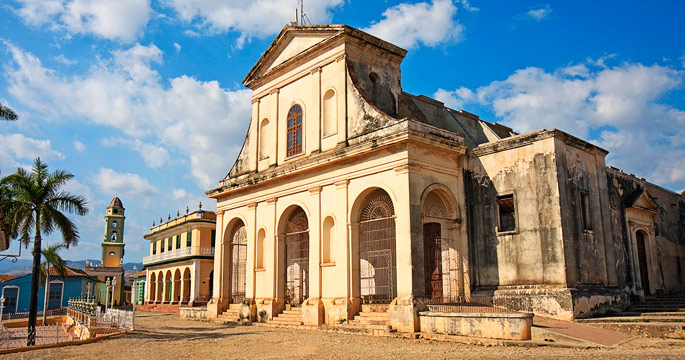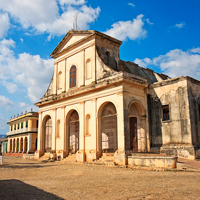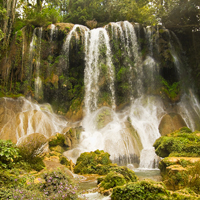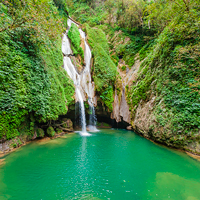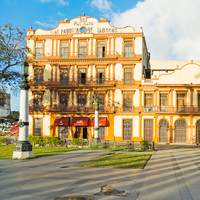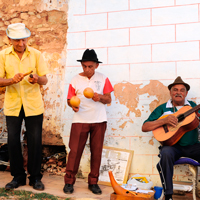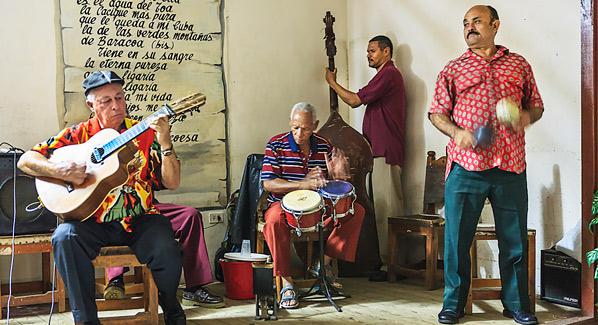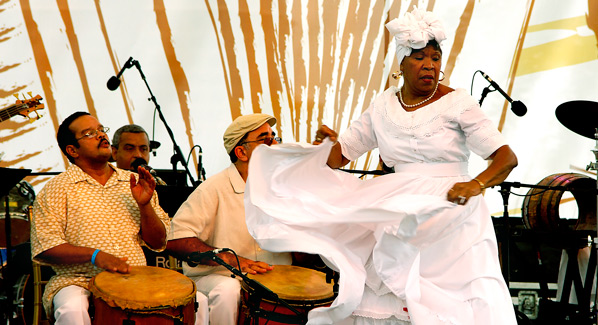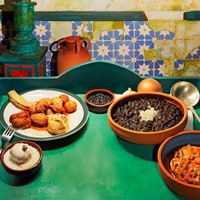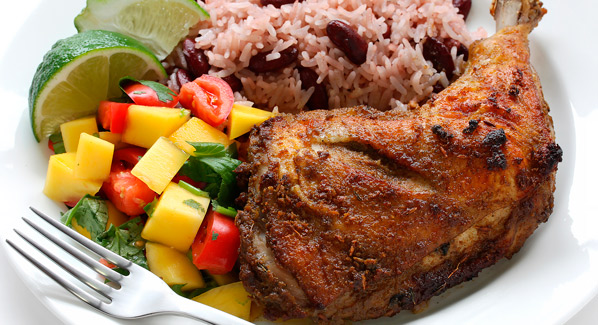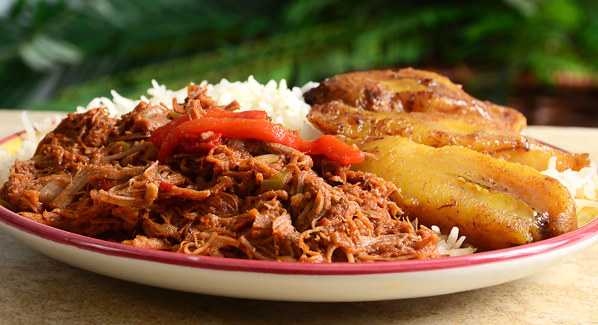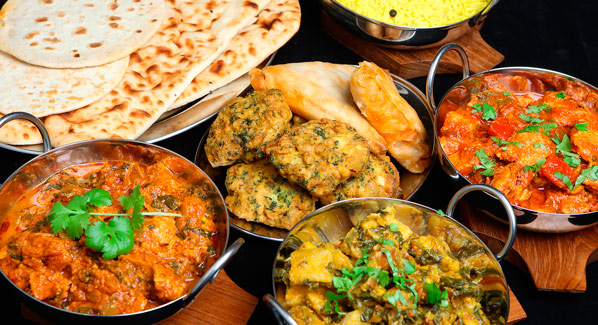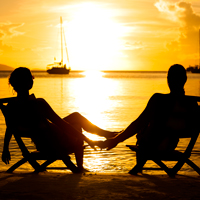Between the soft, enveloping trade winds and the scent of hibiscus and frangipani they carry, it’s a cold heart indeed that doesn’t feel at least a little romantic in the Caribbean. Almost any moonlit beach or relaxed restaurant can be the launching pad for love, but there are some special times and places that you should experience for yourself. Here are our picks for the Caribbean’s most romantic moments.
Picnic at Fort Rodney, Pigeon Island, St. Lucia
“A Book of Verses underneath the Bough / A Jug of Wine, a Loaf of Bread / and Thou Beside me singing in the Wilderness….” Omar Khayyam never saw Pigeon Island on St. Lucia, but no doubt it was just this sort of place he had in mind when he wrote his famous quatrain. Pack your bread and wine and head up the hiking trail to Fort Rodney. The view from on top is magnificent, sweeping across Rodney Bay and Reduit Beach. The fort and bay are named for Admiral George Rodney, who bedeviled the French, Spanish and Dutch fleets in the 18th century. There are cannons commanding the seaway leading to Gros Islet and plenty of spots to sprawl on a blanket in the shade of the ruined fortifications.

The site of historic forts and the source of magnificent views, St. Lucia’s Pigeon Island is now joined to the main island, thanks to a man-made earth causeway added in the 1970s. Photo: St Lucia Tourist Board
Equinox, Temple of Kukulkán, Mexico
Both mysterious and mystical, the Maya temples of the Yucatan make you feel the vastness of time and spark appreciation for the pleasures and people of the present. A short drive from Cancun, the largest structure at Chichén Itzá is “El Castillo,” the Temple of Kukulkán, the Feathered Serpent. On the spring and autumn equinoxes, the steps that ascend the pyramid cast a moving shadow that looks like a large, feathered snake slowly crawling down the structure’s stone side. Avoid the hordes of addled New Agers by visiting a few days before or after the equinox. The serpent will still appear and you can enjoy each other’s company without so many spectators. How considerate of the Mayan astronomers to put on a light show just for the two of you.
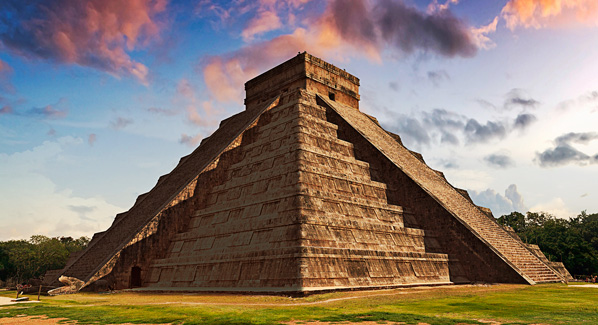
Each year at the times of the spring and fall equinox, evening shadows on Chichén Itzá’s Temple of Kukulkán create patterns that resemble a giant serpent ascending the stairs. Photo: Victor Pelaez/iStock
Sunset at the Rogativa Statue, San Juan, Puerto Rico
The stone fortifications that protected San Juan have been stout enough to survive for more than 400 years. But in 1797, the city was almost forced to surrender to British troops. Sir Ralph Abercrombie and his invasion fleet lay at anchor in the harbor. The bishop of San Juan recruited scores of women and led a torchlight parade, called a rogativa, atop the city’s walls to pray for deliverance. Seeing the huge procession of torches, the Brits concluded the town had been massively reinforced. The hoisted their anchors and sailed away in the night. A statue commemorating the event stands in the Plazuela Rogativa overlooking San Juan Harbor. At sunset, the city walls and the statue are bathed in a glow thick and sweet as orange marmalade while the lights blink on across the opposite shore.
Altos de Chavon, La Romana, Dominican Republic
Perched on the heights overlooking the languid Chavon River in southeastern Dominican Republic, Altos de Chavon is a re-creation of a 16th century Mediterranean village. Cobblestone streets meander past small shops, art galleries and restaurants, while a broad walkway along the cliff’s edge invites extended gazing over a rolling landscape that encompasses the Casa de Campo golf course. Head over to St. Stanislaus Church and sit in the niche that holds the church’s bell to watch the bougainvillea lining the ravine glow as the sun disappears. Afterward, enjoy a long, lingering dinner.
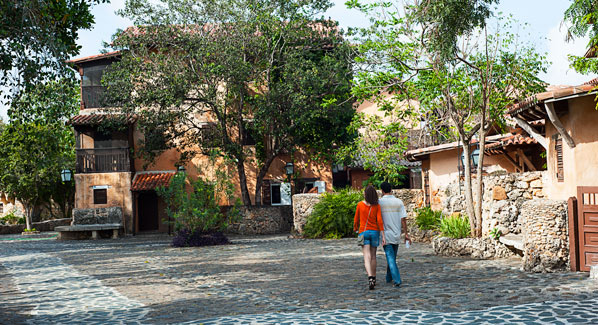
An authentic replica of a medieval European village, the buildings and cobblestone streets of Altos de Chavon were fabricated from the rock spoils of a nearby highway project. Photo: Debbie Snow
Sunrise, Pink Sands Beach, Bahamas
The east side of Harbour Island, just off Eleuthera in the central Bahamas, is rimmed by three glorious miles of pink sand. The beach is wide and lapped by gentle waves muffled by the offshore reef. The distinctive color comes from tiny foraminifera, single-celled organisms that create a pink shell. They die by the millions to create a colorful carpet for lovers. Get to the beach before the sun comes up and watch as the first tendrils of light skip across the tops of the waves onto the sand. Work up your various appetites before heading back to your hotel for breakfast and a rest.
The Tropicana, Havana, Cuba
This is the Caribbean’s original den of iniquity. Although not quite as lively as it was pre- Castro when it was run by mobsters Meyer Lansky and Santo Trafficante Jr., the stage show at the Tropicana celebrates the primal Afro-Caribbean rhythms of Cuba and serves them up with plenty of skin and sizzle. A night in the Salon Bajo las Estrellas with scantily clad dancers scampering along catwalks in the towering trees that line the outdoor showroom will have you feeling the heat.
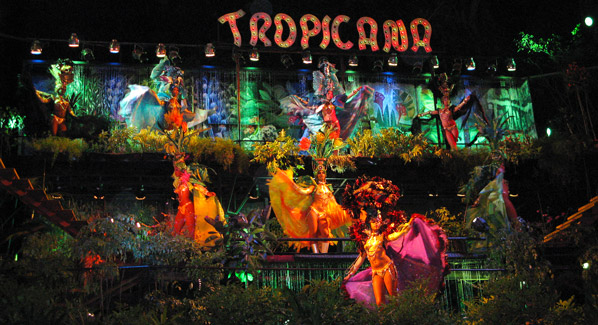
Since 1939, the cabaret shows at the Tropicana Club have remained one of Cuba’s most iconic acts. Today, the lights shine brighter than ever to welcome a new wave of tourism. Photo: Compflight
Swimming in the Bahia Fosforescente, Parguera, Puerto Rico
On the southwest coast of Puerto Rico near La Parguera is a bay with a shallow entrance that traps microscopic bioluminescent critters. Find a local guide with a small boat, take your mask and snorkel and head out on a moonless night. Test the waters by trailing your hand overboard—when you find the plankton, the friction of your fingers will cause them to glow bright green. Slip overboard and watch in amazement as the two of you literally light up the night.

